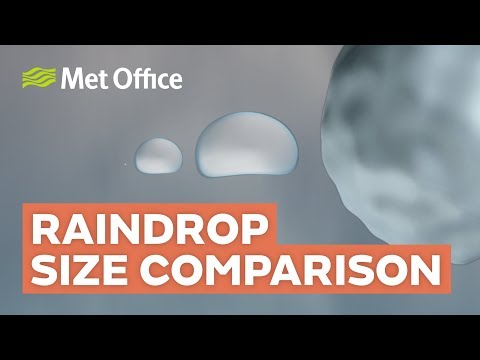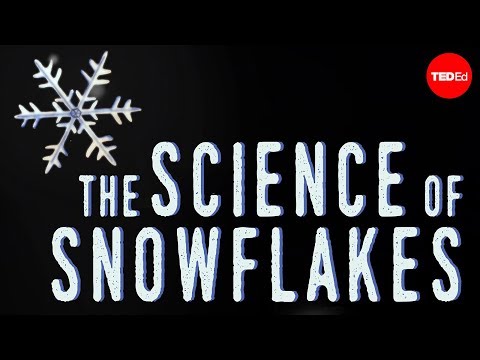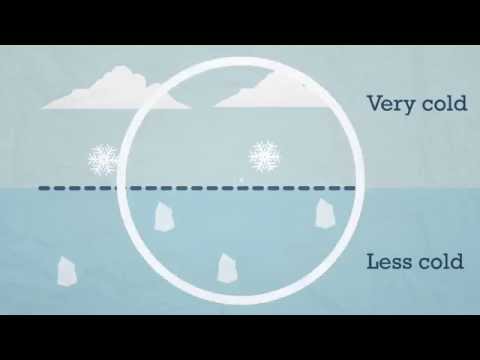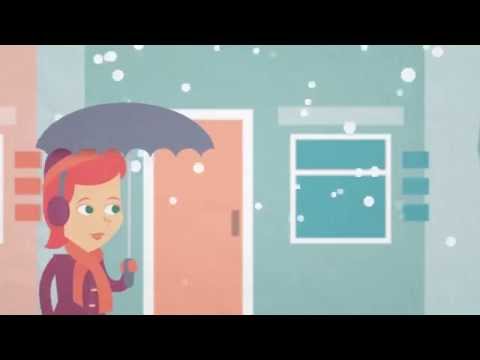8.4: Moisture and Humidity
- Page ID
- 20800
\( \newcommand{\vecs}[1]{\overset { \scriptstyle \rightharpoonup} {\mathbf{#1}} } \)
\( \newcommand{\vecd}[1]{\overset{-\!-\!\rightharpoonup}{\vphantom{a}\smash {#1}}} \)
\( \newcommand{\id}{\mathrm{id}}\) \( \newcommand{\Span}{\mathrm{span}}\)
( \newcommand{\kernel}{\mathrm{null}\,}\) \( \newcommand{\range}{\mathrm{range}\,}\)
\( \newcommand{\RealPart}{\mathrm{Re}}\) \( \newcommand{\ImaginaryPart}{\mathrm{Im}}\)
\( \newcommand{\Argument}{\mathrm{Arg}}\) \( \newcommand{\norm}[1]{\| #1 \|}\)
\( \newcommand{\inner}[2]{\langle #1, #2 \rangle}\)
\( \newcommand{\Span}{\mathrm{span}}\)
\( \newcommand{\id}{\mathrm{id}}\)
\( \newcommand{\Span}{\mathrm{span}}\)
\( \newcommand{\kernel}{\mathrm{null}\,}\)
\( \newcommand{\range}{\mathrm{range}\,}\)
\( \newcommand{\RealPart}{\mathrm{Re}}\)
\( \newcommand{\ImaginaryPart}{\mathrm{Im}}\)
\( \newcommand{\Argument}{\mathrm{Arg}}\)
\( \newcommand{\norm}[1]{\| #1 \|}\)
\( \newcommand{\inner}[2]{\langle #1, #2 \rangle}\)
\( \newcommand{\Span}{\mathrm{span}}\) \( \newcommand{\AA}{\unicode[.8,0]{x212B}}\)
\( \newcommand{\vectorA}[1]{\vec{#1}} % arrow\)
\( \newcommand{\vectorAt}[1]{\vec{\text{#1}}} % arrow\)
\( \newcommand{\vectorB}[1]{\overset { \scriptstyle \rightharpoonup} {\mathbf{#1}} } \)
\( \newcommand{\vectorC}[1]{\textbf{#1}} \)
\( \newcommand{\vectorD}[1]{\overrightarrow{#1}} \)
\( \newcommand{\vectorDt}[1]{\overrightarrow{\text{#1}}} \)
\( \newcommand{\vectE}[1]{\overset{-\!-\!\rightharpoonup}{\vphantom{a}\smash{\mathbf {#1}}}} \)
\( \newcommand{\vecs}[1]{\overset { \scriptstyle \rightharpoonup} {\mathbf{#1}} } \)
\( \newcommand{\vecd}[1]{\overset{-\!-\!\rightharpoonup}{\vphantom{a}\smash {#1}}} \)
Coming soon…
Types of Precipitation
For precipitation to occur, a variety of atmospheric conditions must occur. This includes a moisture source along with high and low pressure. Next, atmospheric instability needs to occur so that cloud formation may develop. Finally, moisture in the air needs to condense onto condensation nuclei so that the condensed moisture can become large enough to fall from the clouds in the form of precipitation. The atmosphere can produce a variety of precipitation types.
Rain is liquid water falling from nimbostratus or cumulonimbus clouds. Many times, in the midlatitudes, precipitation will fall from clouds in the form of ice or snow, which then melts on its way down toward the ground.
Snow is precipitation in the form of ice crystals. The temperature the snow forms will determine the size, shape, and concentration of snowflakes. When temperatures are freezing, snowflakes tend to be small, dry, to produce “powder” and powdery. When the temperatures are warmer, the snowflakes are larger.
Sleet is precipitation that falls as ice pellets. It occurs when precipitation falls from the base of a cloud in the form of snow. As the snow falls, it enters a region of warm air and melts into rain. However, as the rain continues to fall, it enters a layer of cold air and refreezes in the form of ice pellets.
Freezingrain (also called glaze) is similar to sleet except for the last step. As the rain falls, it enters a layer of cold air. However, the rain is not in this cold region long enough to freeze. Instead is stays as supercooled raindrops. However, once the supercooled raindrops reach the ground, they freeze instantly on any object it touches.
Hail is precipitation in the form of hard pellets of ice and only forms in cumulonimbus clouds where the lower region of the cloud contains liquid water and is above freezing, while the upper region is below freezing. When an ice pellet falls within the cumulonimbus cloud, it enters the warm, liquid region and picks up moisture. Then the updrafts through the ice pellet back up above the freezing point hardening the newly gathered water. The ice pellet will fall again to collect liquid water and thrown back up to refreeze. This process will continue until the hailstone’s weight becomes too heavy for the updrafts to hold it up. Once the hail becomes too heavy, the hail will precipitate from the cloud. (Dastrup, 2014)









